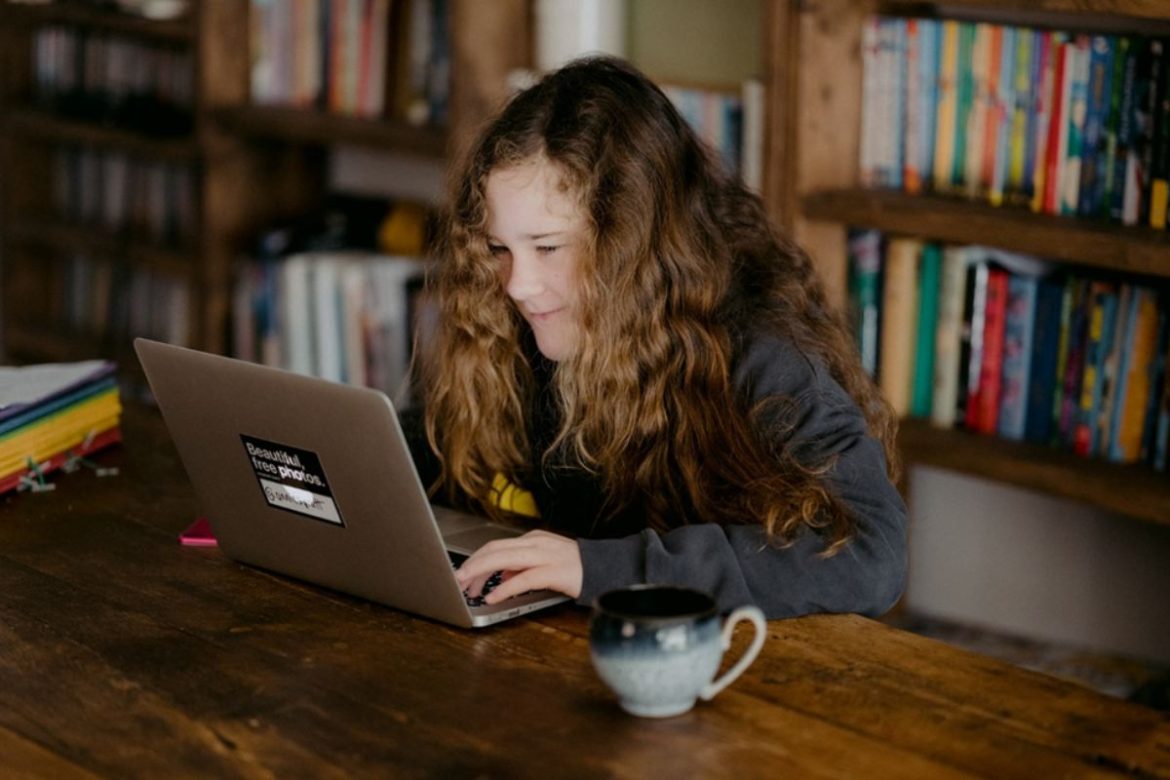Learning Experience – As a new school year closes in, many young learners will undoubtedly dread the end of their summer holidays. This is especially true for kids and teens who don’t feel they conform to brick-and-mortar learning environments. They may even feel that their traditional school isn’t helping them reach their full academic potential.
In cases like these, innovative technology may be able to help. Just as electric vehicles are bettering the world of transportation, video calls and conferencing have revolutionized the business world, and mobile medical alert systems have empowered patients to lead richer lives, technology is also significantly improving the education experience for diverse learners.
Here’s how.
Table of Contents
1. Virtual High School
Taking a course (or courses!) through an accredited virtual school is as legitimate as taking a course in person. Virtual high schools can serve a wide variety of learners, including teens and adults who’d like to obtain their high school diploma; learners who would like to take or retake individual courses to improve their understanding and boost their grades; as well as students who’d like to take classes that aren’t available to them in their everyday schools.
Not only are accredited virtual high schools as effective as brick-and-mortar schools, but they can actually improve the learning experience for some students. Many kids and adults don’t thrive in traditional in-person schools for various reasons, such as social anxiety, attention-related issues, or bullying — to name just a few causes.
Through an online high school, learners can enjoy a flexible schedule, revisit coursework on a timeline that works for them and enjoy mental health support and academic guidance from experts. Students can also receive assistance with postsecondary applications — giving them the confidence and encouragement to move on with their education once they’ve graduated.
2. Extended Reality
A term used to embrace both virtual and augmented reality, extended reality is helping educators immerse students in active educational experiences. Augmented and virtual reality lets users experience sights, sounds, smells and the perceived feel and touch of an object, environment or situation with far more tactility (and delight!) than traditional media. This can not only ignite the learner’s interest, but it can also help them to better understand unusual or foreign concepts.
Using extended reality, kids can explore the internal organs of a frog, experience a tornado up close, and travel through the inner workings of a beehive. Likewise, through virtual reality, a teen in a classroom in the United States can walk through The Louvre and see the Mona Lisa as though it were right in front of them — without having to set foot on a plane.
3. Apps
Unlike a decade ago when high school students had to carry backpacks full of paperback notebooks, ring-bound folders and plastic sleeves, teens today can utilize various project management apps that help them organize their academic and educational lives. These are ideal for students who struggle to stay on task.
Bublup, for example, lets learners organize links, documents, videos, images, and music in one centralized space. Evernote keeps learners on schedule, allowing them to take notes and make to-do lists with the option to add sounds, checkboxes, and links.
The Bottom Line on Technology and Education
We’ve listed just three examples of how education is being diversified and strengthened by technology. While extended reality isn’t yet widely available, virtual high school and organizational apps are already accessible to students across North America.
So if you have a child or teen at home who’s struggling with their education, why not look into one of these options based on their needs? You might find that one or both will significantly improve their learning experience.


